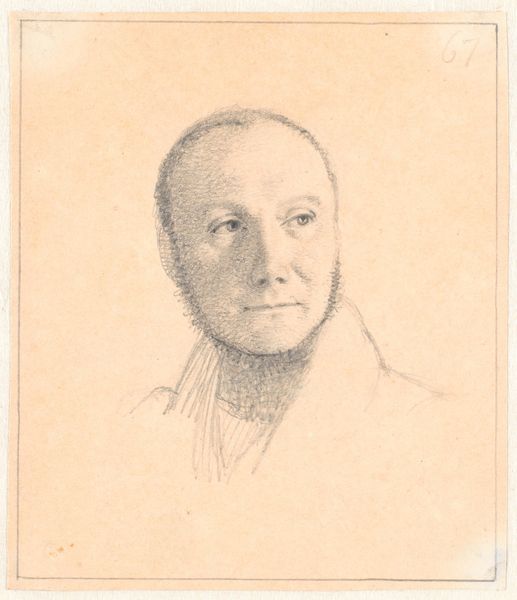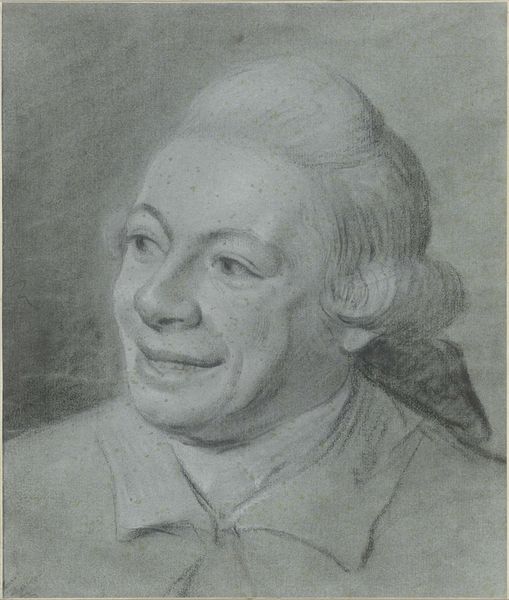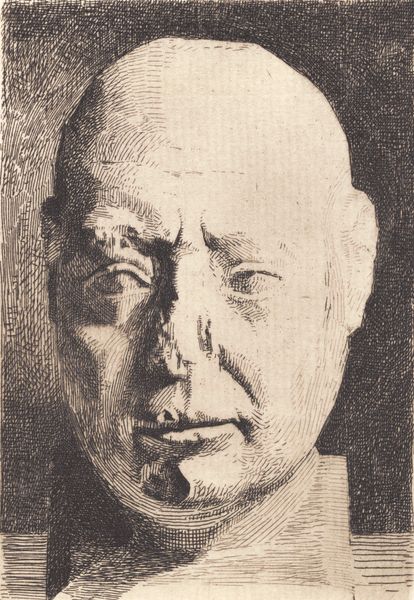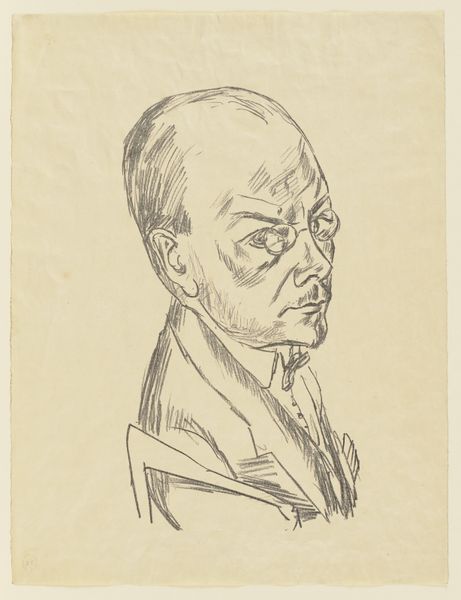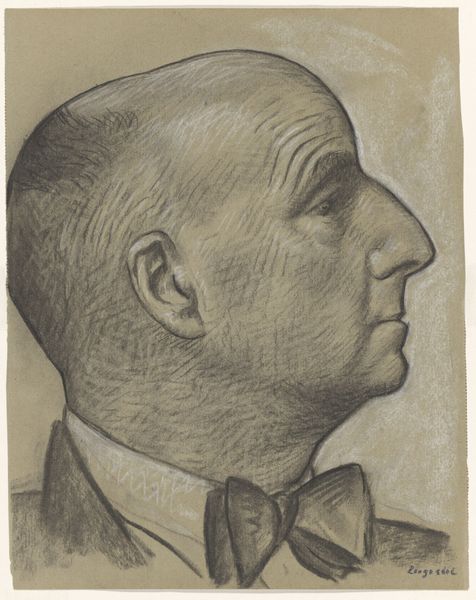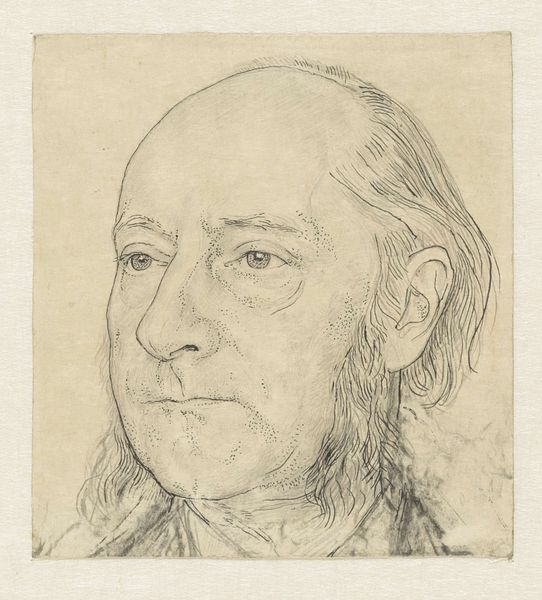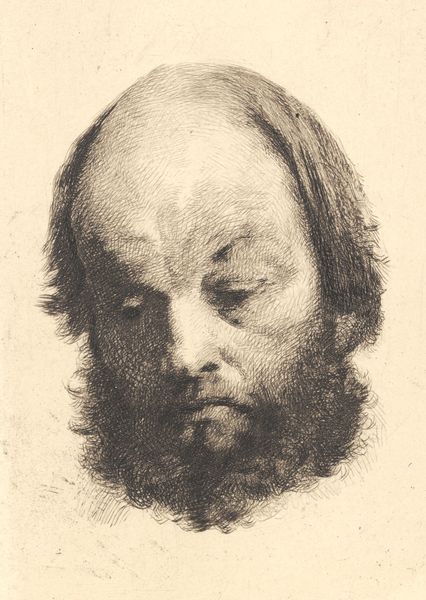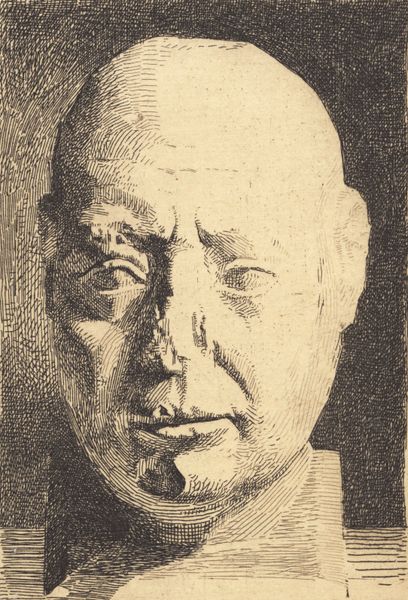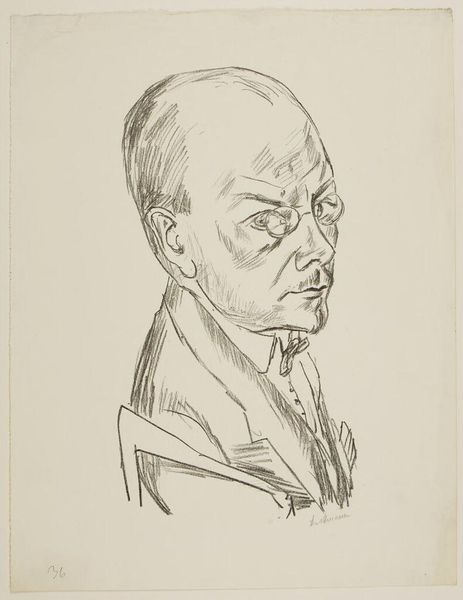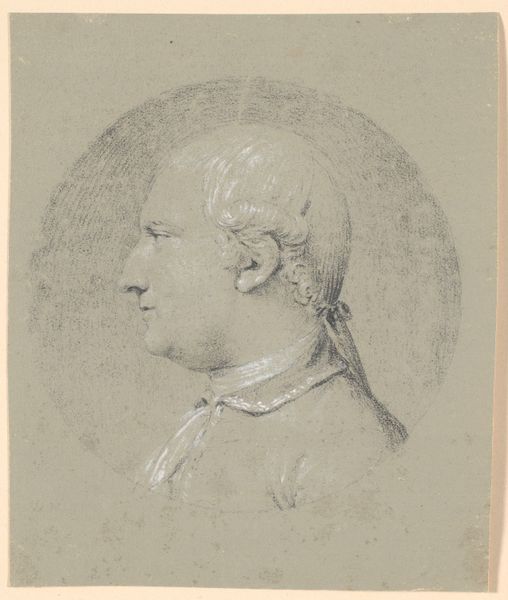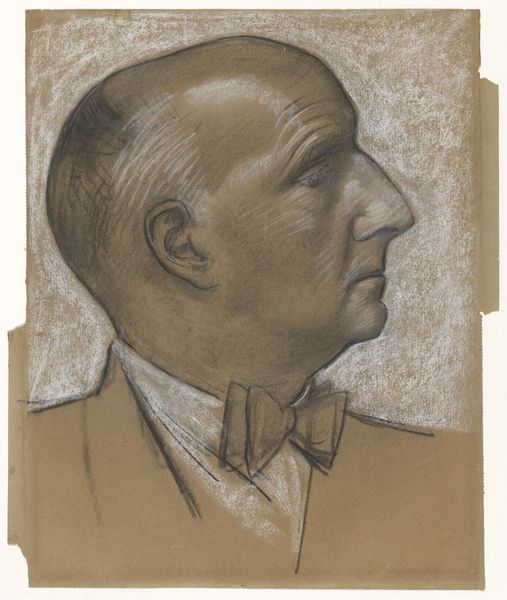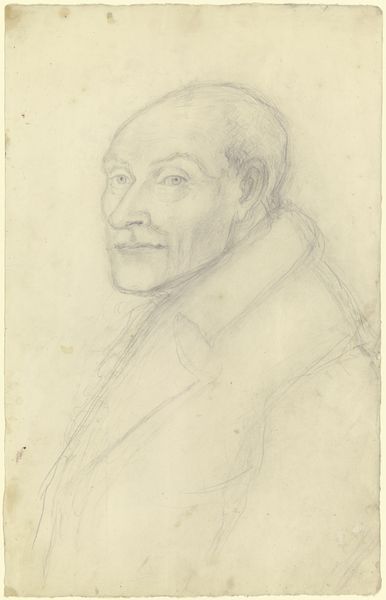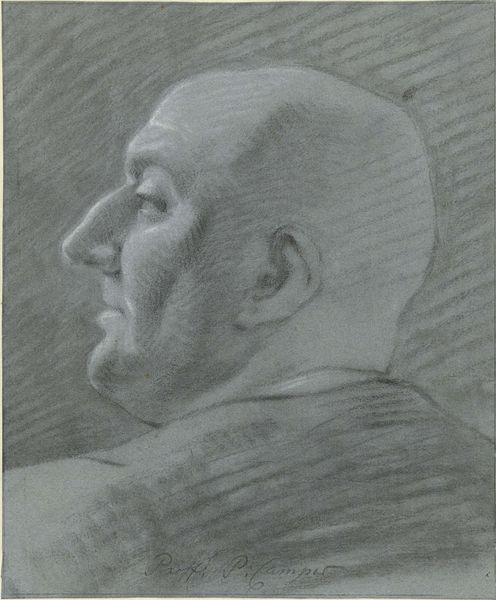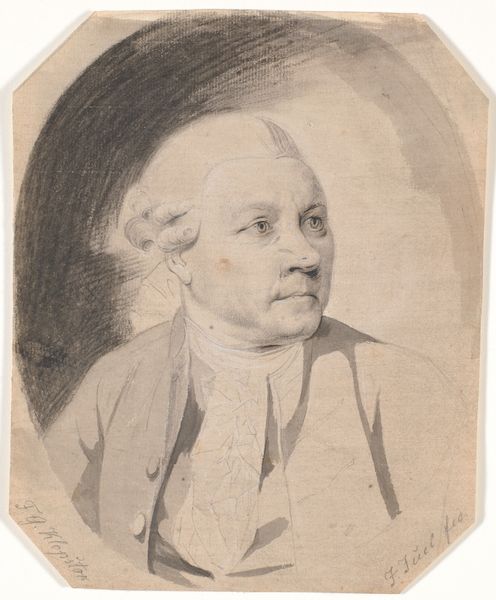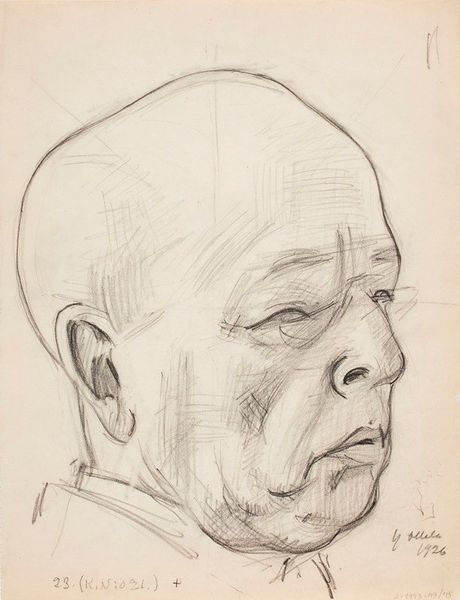
drawing, pastel
#
portrait
#
drawing
#
head
#
face
#
portrait subject
#
portrait reference
#
male-portraits
#
portrait head and shoulder
#
intimism
#
animal portrait
#
human
#
animal drawing portrait
#
portrait drawing
#
pastel
#
facial portrait
#
academic-art
#
forehead
#
portrait art
#
fine art portrait
#
rococo
#
digital portrait
Copyright: Public domain
Curator: The intimacy in this pastel drawing is captivating. I'm immediately drawn to the expressiveness in the sitter's eyes and the subtle coloring. Editor: There's definitely something compelling in how unfinished it feels, like the materials themselves—the rough paper and visible pastel strokes—are part of the story. Curator: Exactly! We're looking at "Study for portrait of unknown man". While undated, this work is attributed to Maurice Quentin de La Tour, a prominent 18th-century portraitist. Notice how the rawness and directness of the pastel medium are key here. Editor: What gets me is La Tour's process—how the texture of the paper itself isn’t concealed; it’s part of the final work. The layering of pastel creates an almost tactile surface. You see the evidence of labor right there. Curator: The gaze, slightly averted, brings an intimacy to the portrayal, an interiority that resists the usual grandeur of the period. We get a sense of a particular man within a very class-based, restrictive society. Editor: I agree. And let’s remember where pastel came from. Powdered pigments bound with gum – humble materials elevated through skillful use. It’s a departure from the opulence usually associated with aristocratic portraiture. It’s about a method, a particular kind of production and consumption. Curator: This “unknown man” becomes every man, reflecting on the self within the confines of social expectation. Who could this man be and what would be his position in that world? His story deserves attention. Editor: In the end, I'm thinking about the connection between La Tour’s hand, the pastel stick, the paper, and our own sensory experience when seeing it all come together. Curator: I leave considering the historical lens and our shared humanity through a portrait. Editor: Indeed! A reflection through materials, social standing and an unknown man’s place in this world.
Comments
No comments
Be the first to comment and join the conversation on the ultimate creative platform.
